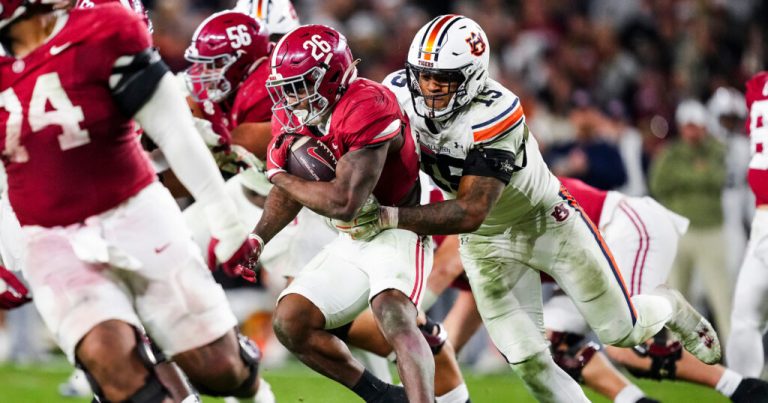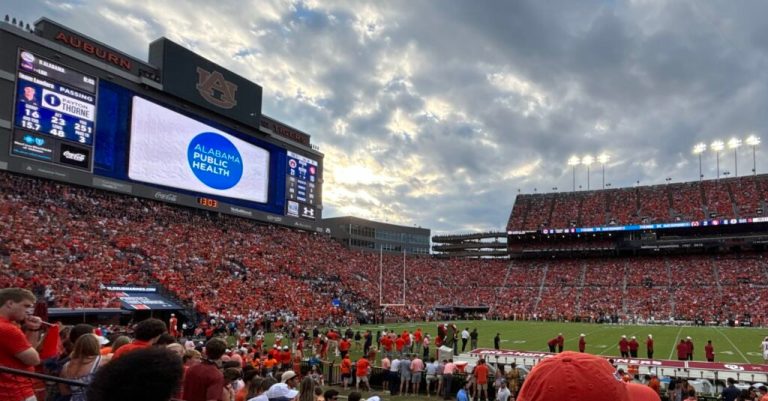Meteorite-surviving crab species named after Nick Saban
Reading time: 3 minutes

Costacopluma nicksabani.
You don’t have to know how to pronounce that to see exactly what, or in this case who, inspired the name.
A new study from a University of Alabama research team focused on 65-million-year-old crab and shrimp fossils from central Alabama, yielding multiple new species and genera. One of the new crab species is named after the legendary football coach Nick Saban.
“The species name not only honors Nick Saban because he famously won six national and nine SEC championships with the Crimson Tide from 2007–2023, but his dedication to Nick’s Kids Foundation continues to have a tremendously positive impact for children in Alabama and beyond.”
Dr. Adiel Klompmaker, Curator of Paleontology in UA Museums’ Department of Museum Research and Collections
Costacopluma nicksabani

The Saban crab is the most common crab found in the fossil collection from Lowndes County. Most of the fossils are just the crab’s shell, called a carapace, and are about the size of a dime. These crabs lived on or in the muddy sea floor, and their family, Retroplumidae, is still around today.
Most of the nearly 200 specimens are isolated carapaces (to which the long legs were attached) measuring up to 15 mm (0.6 inches) in width. Specimens of the genus Costacopluma lived from 87–48 million years ago, but members of the same family, Retroplumidae, are still around today.
This decapod crustacean fauna lived 600,000–700,000 years after dramatic Cretaceous-Paleogene mass extinction event 66 million year ago.
This event, linked to a meteorite impact near Mexico and massive volcanic eruptions in India, wiped out ~75% of all species on Earth. Major groups such as non-flying dinosaurs, mosasaurs, and flying reptiles (pterosaurs) went completely extinct. The hardy decapod crustaceans survived though, and they still flourish to the present-day in Alabama and elsewhere.
“Not only is this site known for the variety of decapods occurring here, but we have also collected a number of vertebrate and other invertebrate specimens. Vertebrates found here include several species of shark, ray, and other fish, crocodilians, and turtles. Invertebrates, along with the crabs and ghost shrimp, includes a nautiloid and numerous species of oysters, clams, snails, and bryozoans.”
UA Museums’ Research Associate of Paleontology Mr. George Martin
Most fossils from the new study are housed in the UA Museums’ paleontology collection under the care of the Department of Museum Research and Collections. The fossils are available to see during a collections tour upon request.
Want updates like this delivered straight to your inbox? Sign up for our newsletter today.



